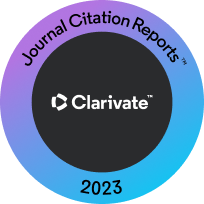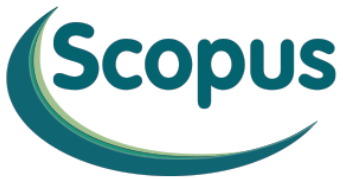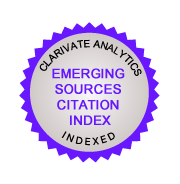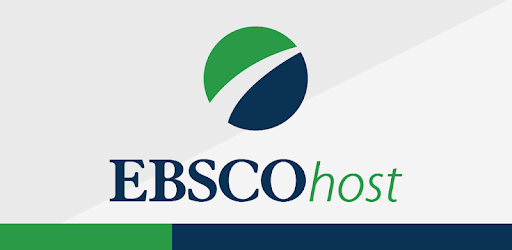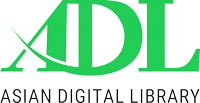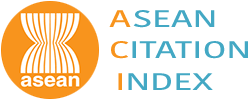Total Quality Management (TQM) Practices and School Climate amongst High, Average and Low Performance Secondary Schools
Keywords:
Total quality management, school climate, high, average and low performance schoolsAbstract
Purpose – This study attempted to determine whether the dimensions of TQM practices are predictors of school climate. It aimed to identify the level of TQM practices and school climate in three different categories of schools, namely high, average and low performance schools. The study also sought to examine which dimensions of TQM practices contributed the most to school climate. Methodology – A survey was administered to 691 teachers from 24 secondary schools to obtain information on TQM practices and school climate. Descriptive statistics was used to examine the level of TQM and school climate and inferential statistics (correlation coefficient and multiple regression) was used to examine relationships between the variables. Findings – There were significant differences between the levels of TQM practices in the three different categories of schools. High performance schools showed a higher level of TQM practice and school climate, followed by average performance schools and low performance schools. There was a significant positive relationship between the variables on the level of TQM practices and school climate. TQM was a predictor of school climate contributing to 40 percent of the variance towards school climate. For the dimension of TQM practices, staff involvement, commitment of the top management and continuous improvement were the main predictors of school climate. Significance – The findings contribute significantly to knowledge by proposing the Excellent School Model which can guide teachers and school administrators in implementing quality management in education.Additional Files
Published
25-12-2014
How to Cite
Ismail, S. N. (2014). Total Quality Management (TQM) Practices and School Climate amongst High, Average and Low Performance Secondary Schools. Malaysian Journal of Learning and Instruction, 11, 41–58. Retrieved from https://e-journal.uum.edu.my/index.php/mjli/article/view/7664
Issue
Section
Articles









